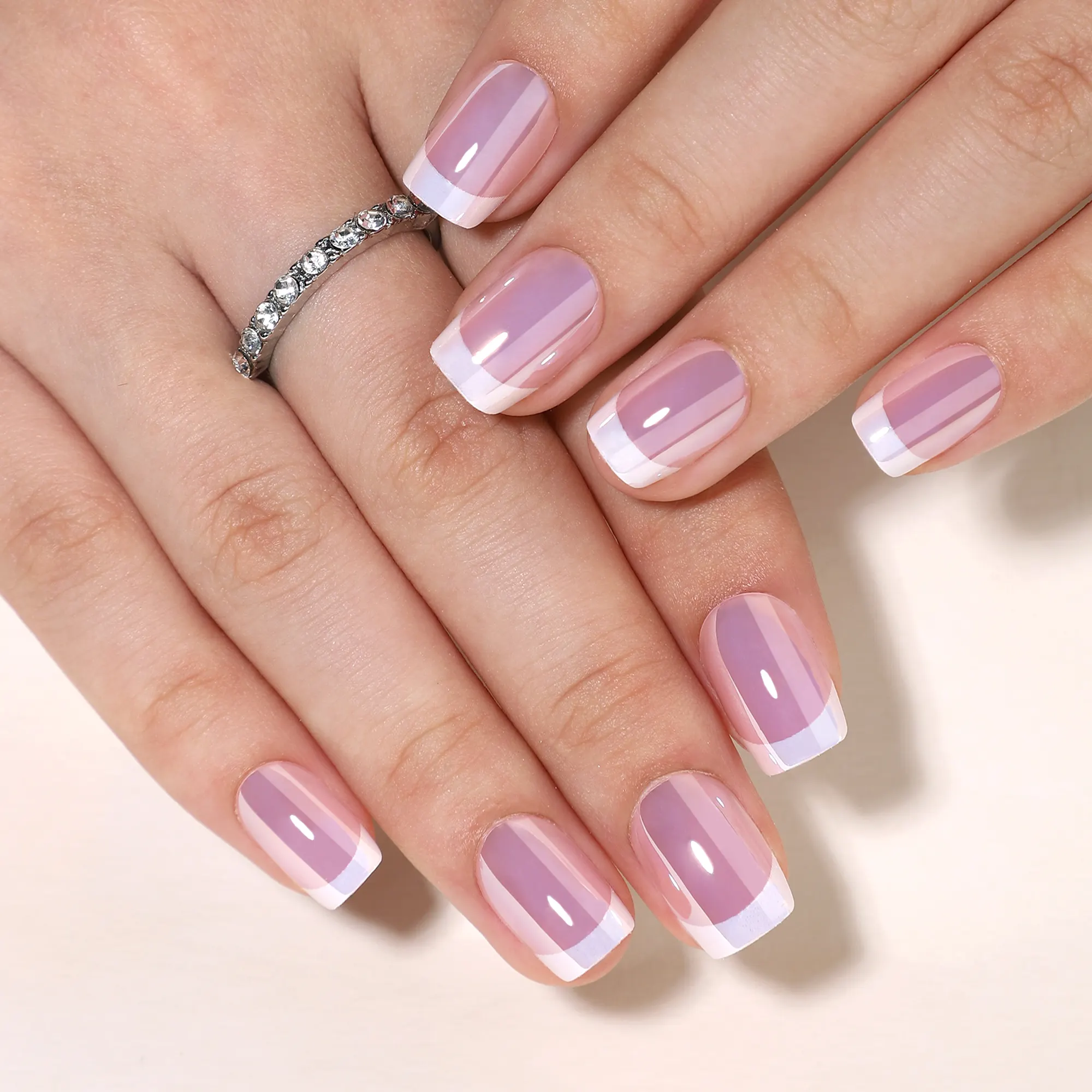
The art of nail care and decoration has long been an integral part of Vietnamese culture, earning the nation a reputation for excellence in this field. This tradition is rooted in historical, cultural, and aesthetic factors that have evolved over centuries.

Historical Background
In ancient times, long nails were considered a symbol of wealth and status in Vietnam. Unlike laborers who needed to keep their nails short for practical reasons, such as agriculture, fishing, and mining, the affluent elite could afford to let their nails grow. Long nails were a sign of leisure and a life free from manual labor. This tradition was particularly prevalent among the feudal landlords and Confucian scholars, who often maintained long nails on some or all of their fingers as a marker of their elevated social standing.
Cultural Influence
The influence of Chinese literati during the Ming Dynasty also played a significant role in shaping Vietnamese nail culture. Many scholars in China at that time wore long nails as a symbol of their scholarly pursuits and intellectual status. This trend was adopted by Vietnamese elites, who saw it as a way to emulate their Chinese counterparts and assert their own cultural sophistication.
Aesthetic Preferences
Beyond its historical and cultural significance, the practice of maintaining long nails and adorning them with intricate designs has also become an aesthetic pursuit in Vietnam. Nail art, which includes painting, decorating with gems, glitter, and other materials, has evolved into a highly skilled and respected profession. Many Vietnamese nail technicians have undergone extensive training to perfect their craft, making them sought-after experts in the beauty industry.
Modern Popularity
In recent years, the popularity of nail care and decoration has surged in Vietnam, driven by a combination of factors. The rise of the beauty industry, increasing disposable income, and a growing emphasis on personal grooming and appearance have all contributed to the proliferation of nail salons and the demand for skilled nail technicians. Furthermore, the internet and social media have played a crucial role in disseminating nail art trends and showcasing the talent of Vietnamese nail technicians to a global audience.
Educational Initiatives
To meet the growing demand for skilled nail technicians, educational initiatives have been launched in Vietnam. Many vocational schools and beauty academies now offer specialized courses in nail care and decoration, providing students with the knowledge and skills necessary to excel in this field. These courses cover a wide range of topics, including nail anatomy, hygiene and sanitation, nail art techniques, and customer service.

Conclusion
The reputation of Vietnamese for excellence in nail care and decoration is well-founded, rooted in a rich historical and cultural tradition that has evolved over centuries. The combination of historical significance, cultural influence, aesthetic preferences, modern popularity, and educational initiatives has made Vietnam a hub for nail art and care. As the beauty industry continues to grow and evolve, the skills and creativity of Vietnamese nail technicians will undoubtedly continue to shine on the global stage.





